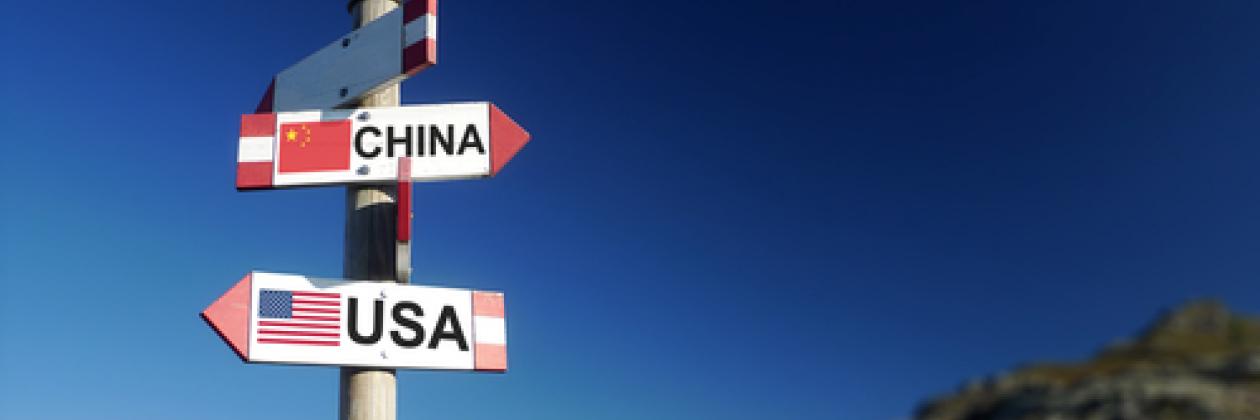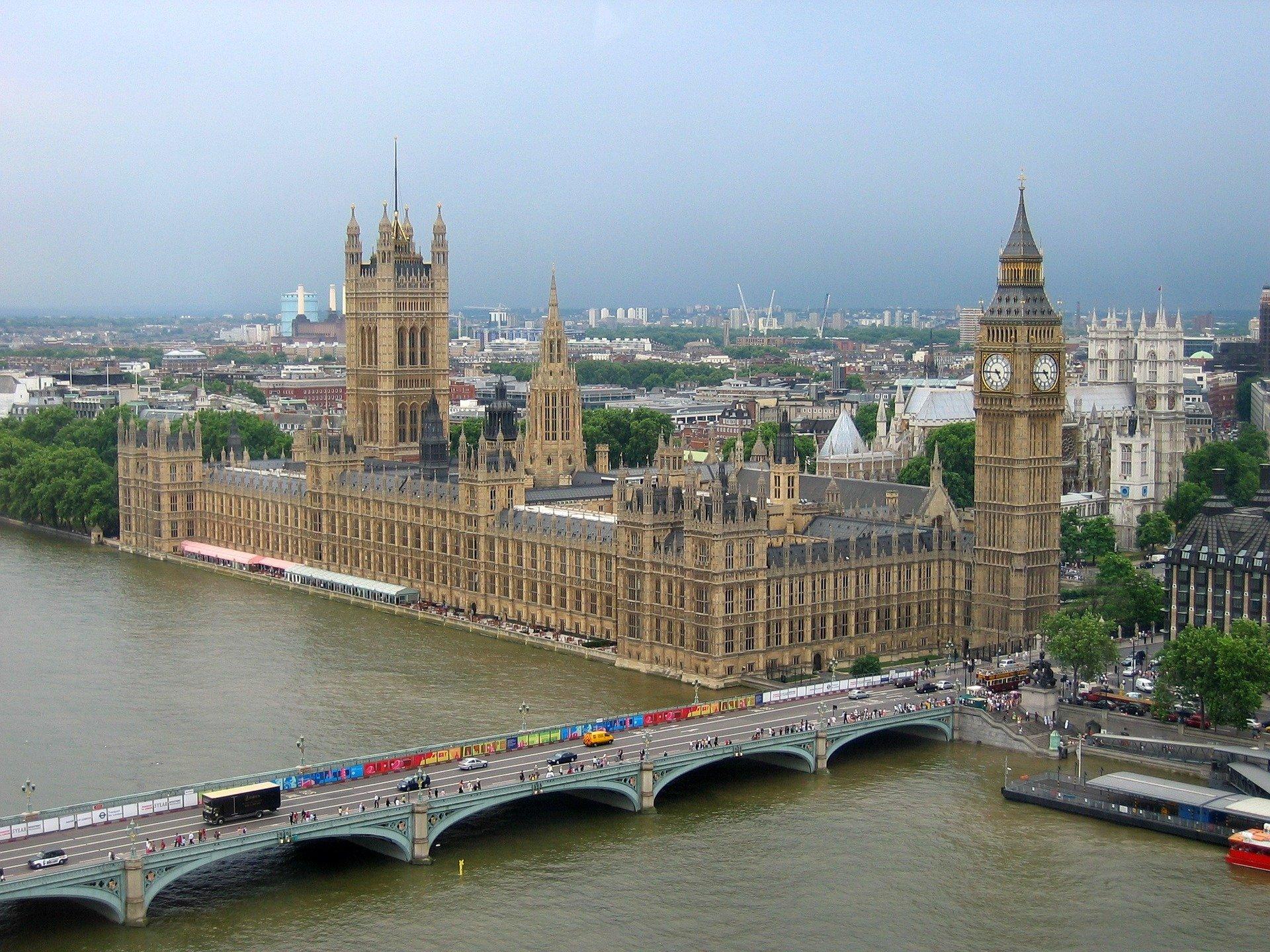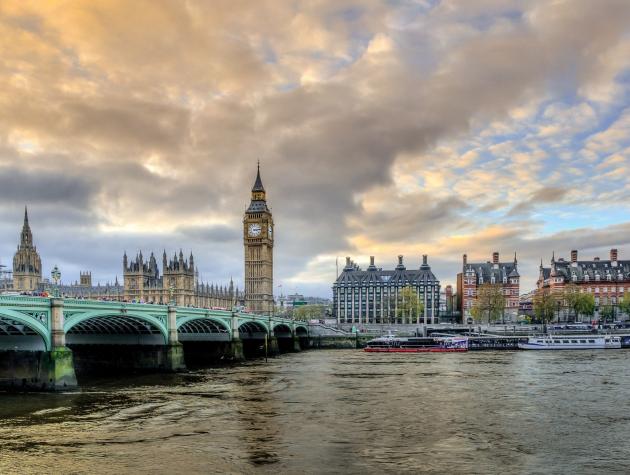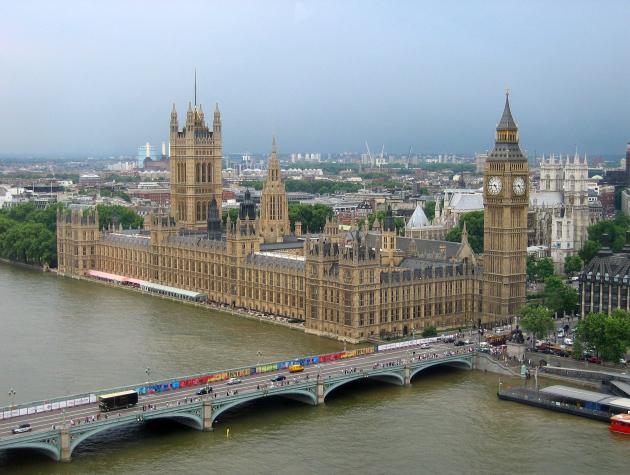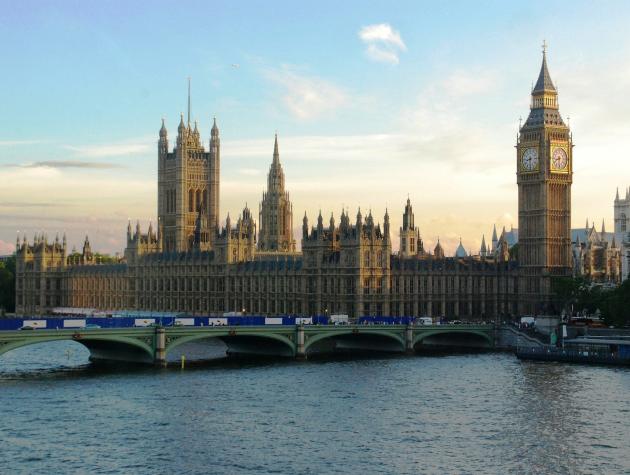How much power does Donald Trump really have on trade?
On the campaign trail, Donald Trump promised to bring back jobs to the Rust Belt and to make trade work for ordinary Americans. He threatened to impose high tariffs on ‘cheating’ trading partners, singling out Mexico and China. Now in office he is seeking to make good on his promises. He has appointed trade hawks to key positions and withdrawn the US from the Trans-Pacific Partnership Agreement. How much further will he go?
The United States is famous for the checks and balances enshrined in its constitution that are designed to rein in the power of the executive. But in trade policy President Trump faces few constraints. Over the years Congress has delegated very substantial powers to the President so, unlike in other areas of policy, the President could singlehandedly overhaul America’s trade policy. Striking new trade deals requires Congressional approval, but undoing existing commitments does not. To withdraw the US from NAFTA, President Trump simply has to write a letter to Mexico and Canada, giving them six months’ notice. A series of legislative acts give him extensive powers to impose high tariffs. Most striking is the Trading With The Enemy Act of 1917, which allows the President to regulate, prevent or prohibit the importation of any good during times of national emergency. In 1971 President Nixon used the Korean War (which had ended almost twenty years earlier) to justify imposing tariffs of 10 per cent on all imports. President Trump could use the same legislation to carry through on his tariff threats. Trade partners could challenge the imposition of high tariffs under World Trade Organization rules, but any dispute would likely take years to resolve.
Yet the road is not clear for President Trump. Any bold trade policy moves are likely to ricochet straight back, and in ways that hurt.
President Trump has made the first obvious move in an aggressive trade strategy: ripping up the TPP Agreement. Make no mistake - this move was purely symbolic, as the TPP wouldn’t have come into effect without explicit approval from the US Congress. The risk for President Trump is that ending the TPP is an own-goal. The TPP did entail the US gradually opening up its markets in some areas, including to imports of cars from Japan, so he may have averted some job losses. But the TPP was never really about trade liberalisation - it was intended to make sure that America, not China, wrote the rules of the global economy. In the wings, China has been pursuing its own rival trade deal. With the demise of the TPP will Trump now stand by and let China write the rules? Or, as his aides appear to be signaling, will he find ways to strike new trade deals with key trading partners, essentially repackaging old wine in new bottles?
After the TPP, Mexico is next in the President’s sights. He has pledged to renegotiate NAFTA. But to what end? Renegotiation will take time and any revised deal will need approval from all three countries. Mexico and Canada won’t simply capitulate; they will negotiate hard to defend their interests. He could unilaterally withdraw the US from NAFTA, but even then US tariffs on many Mexican imports wouldn’t be very high. Without NAFTA, tariffs on Mexican cars would be in the region of 5 per cent to 10 per cent, far from the 35 per cent the President has threatened.
Of course President Trump could invoke extraordinary powers to impose high tariffs on car imports from Mexico, but he risks scoring another own goal. The costs to Mexico would be enormous and the country would likely retaliate, and here’s the obvious glitch. Mexico is the US’s second largest export market, so any retaliation would immediately hurt American firms and workers involved in exporting to Mexico, including in the car sector. Global supply chains are such that many of the cars Mexico exports to the US contain components that have been made in the US: Mexico is a major market for auto parts manufactured in the US by General Motors, Chrysler, and Ford. The obvious counter-move for Mexico would be to impose high tariffs on imports of auto parts from the US, which would quickly lead to job losses among the very workers President Trump has promised to protect.
What about China? The simplest move would be for President Trump to continue the approach of President Obama’s administration and shout loudly about it. The Obama administration filed 16 cases against China at the World Trade Organization, launching a new case the week before Obama left office. Linked to these cases, the administration imposed extremely high tariffs on China - of the magnitude that Trump dreams of. This includes tariffs of more than 500 per cent on cold-rolled steel imports in May 2016. Much to China’s chagrin, the US continues to block China’s recognition as a ‘market economy’ in the World Trade Organization, which makes it easier for the US and others to continue to impose such high tariffs.
Trump could go further. He has threatened to officially label China as a currency manipulator and to take up a case at the WTO on the grounds that China’s currency policy is an illegal subsidy. But this argument won’t fly: for the past two years China has been intervening to prop up its currency in the wake of high levels of capital flight, not keep it artificially low.
President Trump could decide to turn up the heat and impose tariffs without going through the WTO. So far China is playing it cool and appealing to mutual interests in avoiding a trade war. But if this happens, China is unlikely to simply standby and watch. A simple counter-move would be to impose punitive tariffs on US cars. China is a rapidly growing export market for US car manufacturers – so much so that General Motors exports more cars to China than it sells on the domestic market. Any tariffs imposed by China would likely lead to high job losses in US automobile sector. The Chinese government could also make life hard for the increasing number of US companies that are heavily invested in China – from Boeing to Apple.
The Republican Party is proposing an alternative to Trump’s ad-hoc tariff threats in the form of a ‘border tax adjustment policy’. This is in essence a general tax on imports, at a proposed level of 20 per cent, which aims to provide general protection to domestic manufacturing. Because it would apply to all countries and all products, the Republicans are hoping it would help head-off a tit-for-tat trade war with individual countries. However the policy faces stiff opposition from the retail sector, including US giants like Wal-Mart, whose business model relies on selling cheap imports. The retail sector also employs a high number of low-skilled workers across the US, another sector in which Trump cannot afford to lose jobs.
Whichever way he turns, trade policy doesn’t provide Trump with silver bullets. Moreover, importantly, an aggressive trade strategy is at risk of backfiring fast, leading to job losses for ordinary Americans in the very sectors that President Trump has promised to protect. A few moves in to this game of blaming unfair trade deals, President Trump will come face to face with its limits and will have a choice to make. He will either have to look for a new scapegoat to blame for the hardships faced by ordinary Americans, or he will have to face tough questions about the longstanding failure of America’s economy to redistribute opportunities and wealth. Any bets on the route he will choose?

